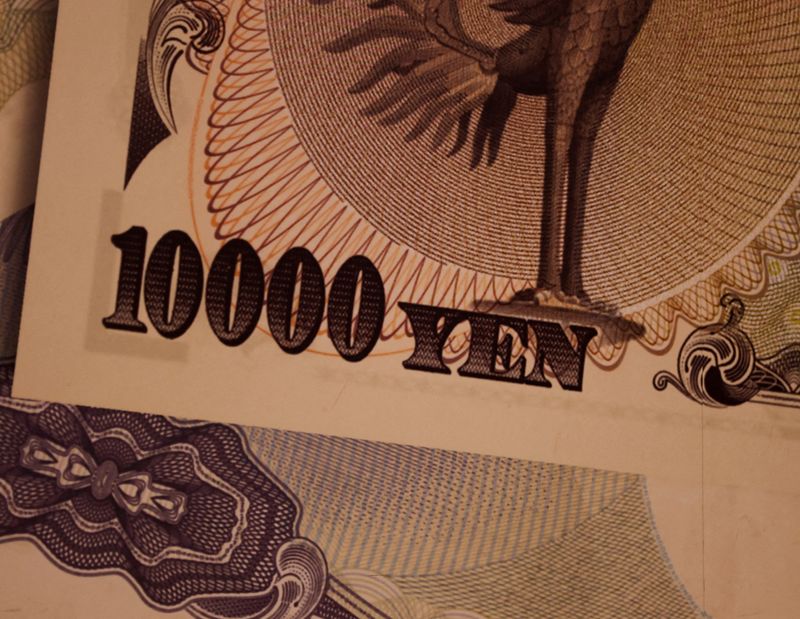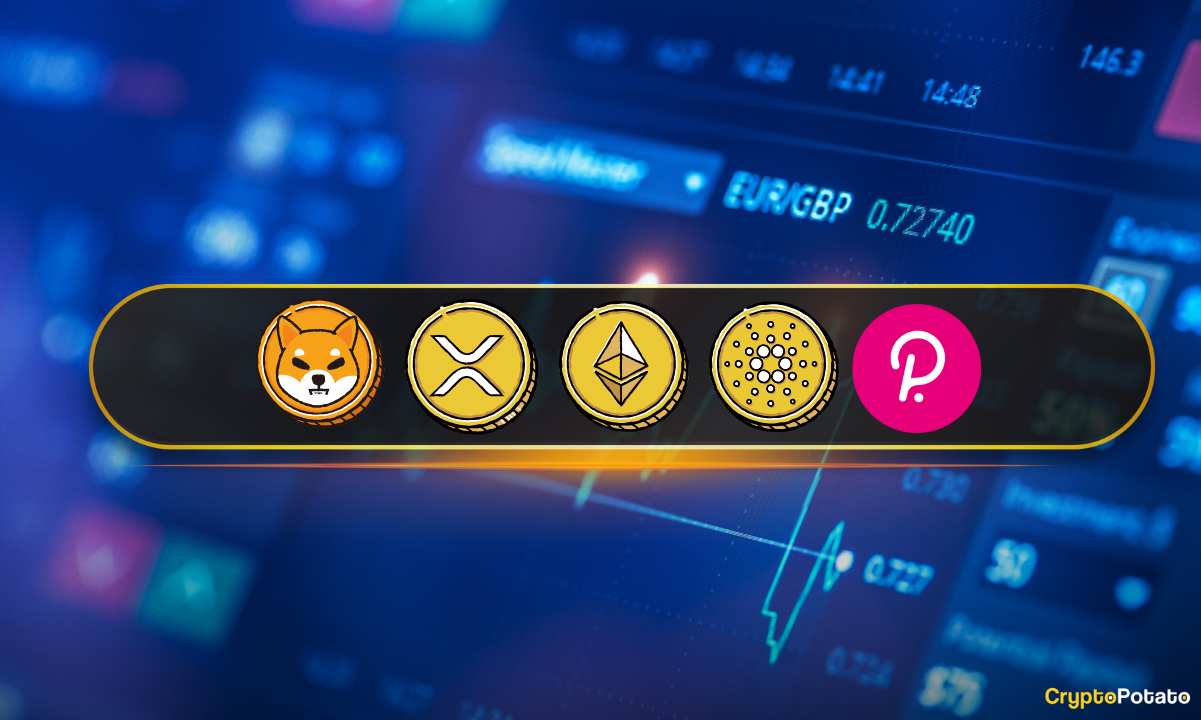Nikkei 225
Nikkei 225 News
VIEW MOREDollar sags after mixed US growth and inflation report, except against yen
By Alden Bentley and Gertrude Chavez-DreyfussNEW YORK (Reuters) -The U.S. dollar fell on Thursday, except against the yen, vacillating after data showed unexpected slowing in…
Explainer-What would Japanese intervention to boost a weak yen look like?
By Leika KiharaTOKYO (Reuters) -Japanese authorities are facing renewed pressure to combat a sustained depreciation in the yen, as traders drive down the currency on…
Asia FX weak ahead of US inflation; yen dips as BOJ gives little support
Investing.com– Most Asian currencies weakened on Friday, while the dollar steadied in anticipation of key inflation data that is expected to factor into the Federal…
Dollar drifts lower ahead of PCE data; Eurozone inflation expectations lowered
Investing.com – The U.S. dollar drifted lower Friday, ahead of the release of key U.S. inflation data, which could drive sentiment with the Federal Reserve…
Crypto Price Analysis Apr-26: ETH, XRP, ADA, SHIB, and DOT
This week, we take a closer look at Ethereum, Ripple, Cardano, Shiba Inu, and Polkadot. Ethereum (ETH) Ethereum’s downtrend appears to be coming to an…
The Nikkei 225, Japan’s key stock market index, has been calculated since 1950, making it the oldest in Asia. This index tracks not only the capitalization of key Japanese companies listed on the Tokyo Stock Exchange (TSE), but also the state of the world’s third-largest economy worth more than $5 trillion. Below we will look at its history, structure, and nuances that investors should consider.
Structure and meaning of the index
How to invest in Nikkei 225? Calculating the Nikkei 225 is based on a weighted average of the share prices of major Japanese companies, denominated in yen. The Nikkei 225 list of companies includes securities of Panasonic, Sony, Nissan, Casio and other leaders of the Japanese and world economy.
It is considered one of the benchmarks of diversified indices: it includes companies from 35 industries. Among these, the electronics sector is the leader; machine building, chemicals and banks are also prominent. By mid-2020, its capitalization was more than 110% of Japan’s GDP, or about $5.5 trillion. Each September its composition is reviewed and necessary adjustments are made in October. The current value of this indicator is recalculated every five seconds.
Nikkei 225 historical chart
The Nikkei 225 peaked in 1989, when its highs reached nearly 39,000. In 1990, as the Bank of Japan tightened its credit policy, the Nikkei 225 chart nearly halved. And in 1992, there was the collapse of the Japanese bubble – inflated real estate and other asset prices from the mid-1980s plummeted.
This was followed by a decade of stagnation in the Japanese economy. The Nikkei 225 partially recovered, but suffered new declines in 2003 and 2009. – To nearly 7,000. The Nikkei 225 has gradually resumed its growth since 2011. However, the situation with COVID-19 affected its dynamics: as of the end of July 2020, it has lost almost 5% of its value since the beginning of the year.
Nikkei 225 index fund: nuances of investments
Trading operations with the Nikkei 225 index and its components have several peculiarities.
Futures and options are traded on exchanges, including Chicago and Singapore, with the Nikkei 225 values as the basis. They are denominated in yen and dollars. These derivatives are used as a means of hedging positions on shares of Japanese companies and for speculation, thanks to the considerable leverage.
The Bank of Japan is a major participant in Nikkei transactions and is one of the top 10 shareholders of 90% of the companies represented in the index. The bank buys billions of dollars worth of assets every year as part of its quantitative easing program.
Many indices are calculated based on the Nikkei 225 realtime. Among them are indicators of volatility, currency hedging, Japanese companies of medium and small capitalization, etc. Also you can see Dax index chart and Uk 100 stock price.
Direct access to shares of leading Japanese companies is difficult, including due to restrictions on entry into the Japanese stock market by foreign investors and the need to make conversion transactions with the yen.
More than 20 exchange-traded funds (ETFs) are present in the foreign market, investing in shares of companies present in the index. Their portfolio strategies vary from high diversification to investing exclusively in securities of a certain sector.
Among the Nikkei 225 ETFs there are giants with billions of dollars in assets as well as relatively small players with only a few million dollars. However, all of them suffered losses in the seven months of 2020. The most successful ones lost more than 2%, and the less successful ones lost more than 11%.
Traders can now invest in ETF funds or derivatives based on the Nikkei 225 through brokers. Only qualified investors can fully work with the Nikkei 225 Index or invest in the relevant ETFs.









